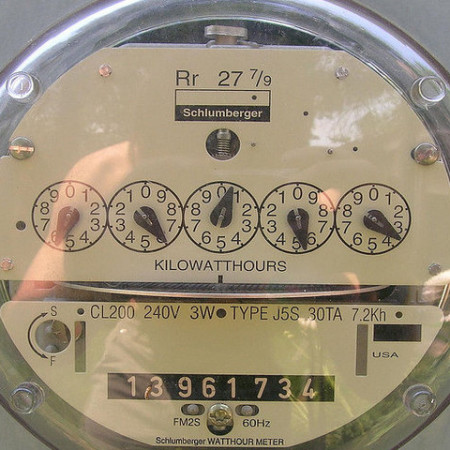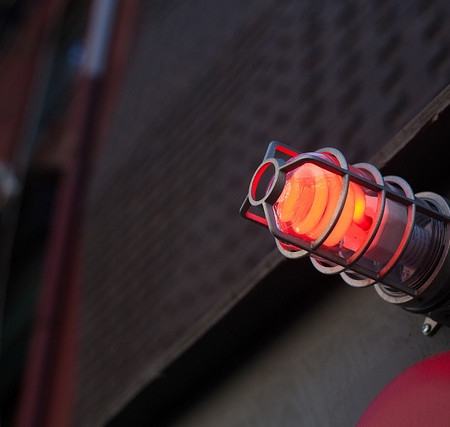Pushing the Envelope of Green Building
As energy efficiency products become more mainstream and many localities adopt enhanced green building standards (for example, California), green building rating systems must adapt to a changing landscape and continue raising the bar on building performance.
Exxon Mobil Oil Spill in Arkansas
The Exxon Mobil Pegasus pipeline ruptured on Friday, leaking an estimated 4500 barrels (189,000 gallons) of oil into a subdivision in Mayflower, Arkansas – less than 30 minutes from Little Rock. There are conflicting reports on the source and type of oil that was spilled, with some environmentalists claiming this to be a Canadian [...]
CFL Bulbs and Mercury: What You Need to Know
Compact fluorescent light bulbs (CFLs) contain an average of 4 milligrams of mercury, about the amount that would cover the tip of a ballpoint pen. This is much less than the amount contained in those old mercury thermometers, or even the amount deemed safe to consume in our diet from fish. But make no mistake, mercury is a neurological toxin. The EPA uses 0.1 micrograms per kilogram of body weight per day as the accepted exposure level for oral consumption without recognized adverse effects. Inhaling mercury vapor in significant amounts (greater than 0.025 mg/m3) can cause deficits in cognitive functioning, tremors, kidney damage and even death in cases of high exposure. If mercury is so toxic, why is it in a common household item such as a lightbulb?





Recent Comments